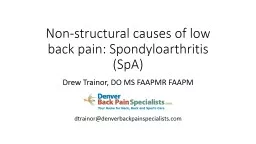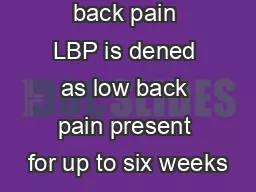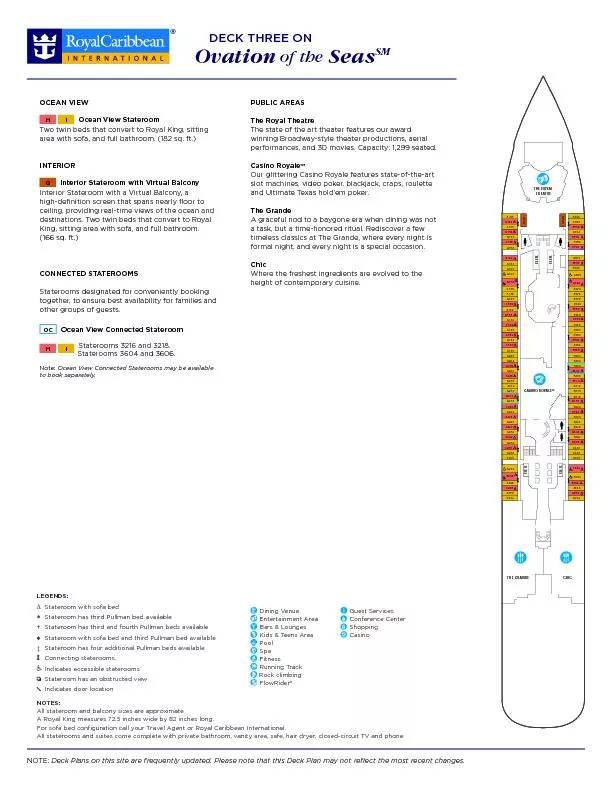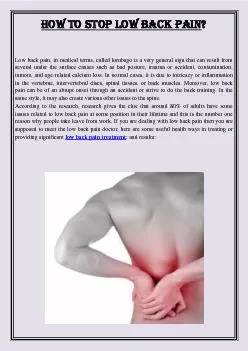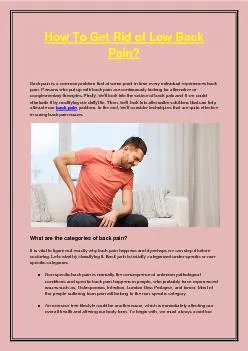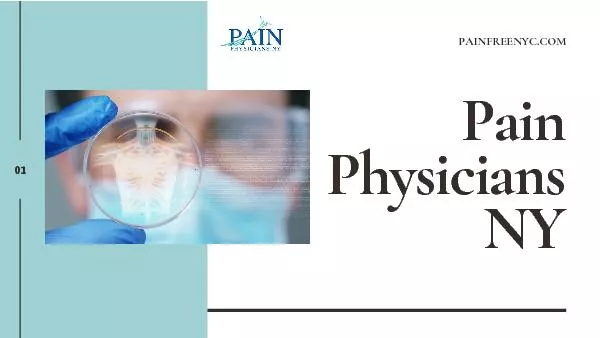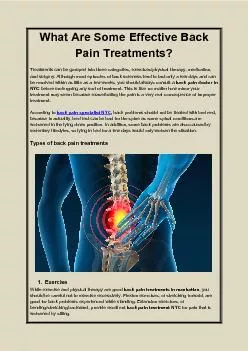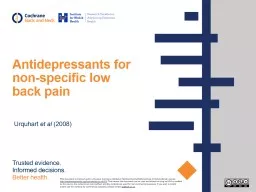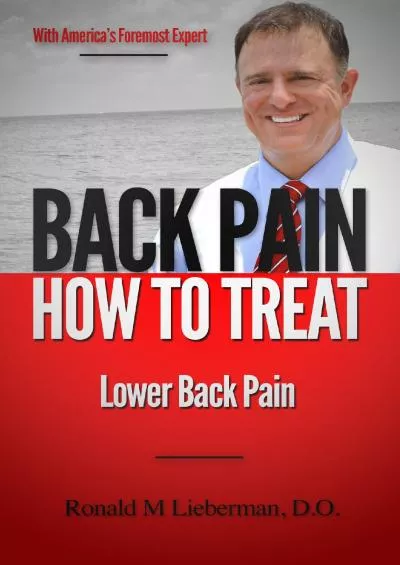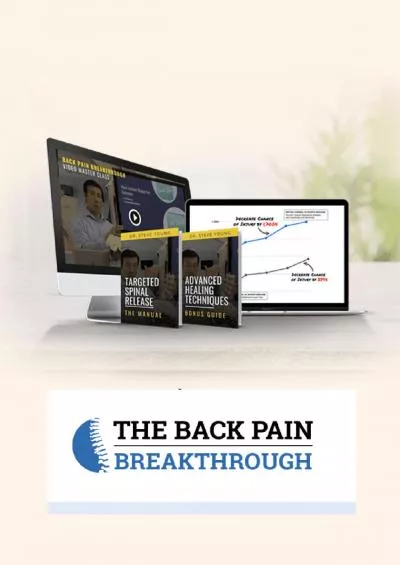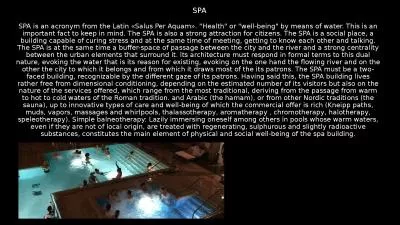PPT-Non-structural causes of low back pain: Spondyloarthritis (SpA)
Author : tatyana-admore | Published Date : 2018-12-18
Drew Trainor DO MS FAAPMR FAAPM dtrainordenverbackpainspecialistscom We find what we look for and we look for what we know Lecture Outline Case Epidemiology Pathophysiology
Presentation Embed Code
Download Presentation
Download Presentation The PPT/PDF document "Non-structural causes of low back pain: ..." is the property of its rightful owner. Permission is granted to download and print the materials on this website for personal, non-commercial use only, and to display it on your personal computer provided you do not modify the materials and that you retain all copyright notices contained in the materials. By downloading content from our website, you accept the terms of this agreement.
Non-structural causes of low back pain: Spondyloarthritis (SpA): Transcript
Download Rules Of Document
"Non-structural causes of low back pain: Spondyloarthritis (SpA)"The content belongs to its owner. You may download and print it for personal use, without modification, and keep all copyright notices. By downloading, you agree to these terms.
Related Documents

